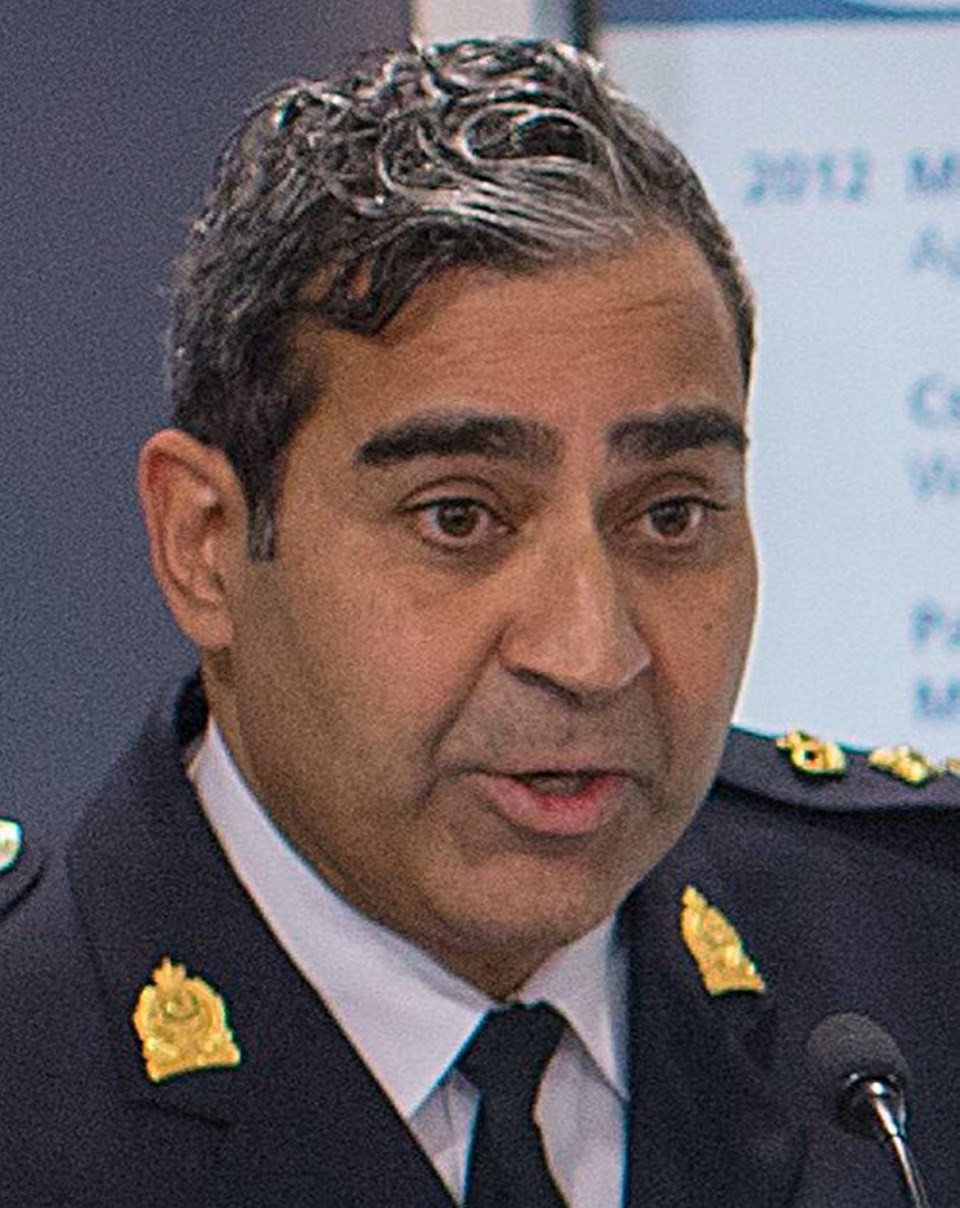Re: “How much for policing? A daunting challenge,” comment, Jan. 13.
Stan Bartlett raised a number of very important points in his opinion piece on the cost of policing in this region. Many of Bartlett’s points, such as the need to continue to pursue efficiencies and explore the amalgamation of policing services, are ones that I am glad he raised and are ones that, incidentally, I wholeheartedly endorse.
Other points, however, require some clarification.
VicPD has 243 officers, not 233. And while that correction might be interpreted as only reinforcing the argument that Victoria and Esquimalt are “overpoliced,” the data suggest otherwise. When factors such as call load per officer, response times and the unique concentration of issues that downtown Victoria bears for the entire region are taken into account, you get a more balanced picture of the reality that VicPD’s officers face.
And that leads me to crime rates. Bartlett’s figures paint the picture of crime rates falling all over the region, the province and Canada.
The good news is that he is correct, generally speaking.
The bad news is that this is not the case for Victoria and Esquimalt, which are the two communities VicPD serves.
From 2013 to 2017 (the last year for which Statistics Canada data are available), property crime in Victoria and Esquimalt climbed 13.1 per cent. Violent crime was up 11.8 per cent over that same period.
The much-quoted Crime Severity Index, which measures the number of crimes and their seriousness, tells a similar story. While neighbouring communities such as Saanich and Oak Bay saw CSI values in the 30 to 40 range in 2017, the CSI for Victoria and Esquimalt was 114. That is higher than Abbotsford and Vancouver.
Speaking of comparisons with neighbouring communities, Bartlett’s comparison of VicPD’s budget as a percentage of municipal operating costs is off by a fair bit. Municipalities vary in their treatment of certain items, such as traffic-fine revenue and cost recoveries from other municipalities. Other items such as utility services, capital and debt vary significantly in size and cost between municipalities and should not be included in comparing costs as a percentage of operations.
A more reliable comparison would be that of net police expenditures as a percentage of general operating budget, excluding utilities, capital and debt. While Bartlett is correct that VicPD’s budget for providing policing in Victoria is 22 per cent of the City of Victoria’s general operating budget, this is the same as in Saanich (22 per cent) and less than for the other police services he highlighted, New Westminster (23 per cent) and Abbotsford (26 per cent), in an “apples to apples” comparison.
VicPD has not had a single permanent officer added to our strength in eight years, a period that has seen significant growth in the population of our jurisdiction and the region as a whole. Our officers are bearing the brunt of this growing gap every day and every night, and that story is being told, unfortunately, through the increase in operational stress injuries, both physical and mental, among our men and women.
I welcome and encourage a meaningful conversation about police resourcing in our part of the world. I would only encourage that it be based on fact and evidence, so we can all make the best decisions possible.
Del Manak is chief constable of the Victoria Police Department.



